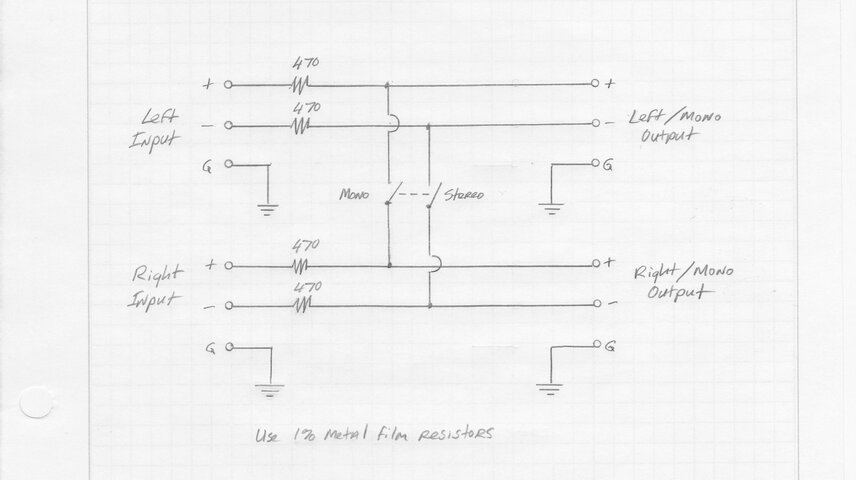Bob Cervera
Member
I've answered countless questions on various forums. This is the first time I've ever asked one...
I have a Yamaha LS9-32 that I use in a broadcast environment. Mostly through MIDI controls and mix-minus configurations I've modified the board to act more like a broadcast board and less of a recording board and it works great!
There's only one thing I can't figure out how to do -- assuming what I want to do is even possible. Among the many audio sources on the board, four of them are stereo analog. As such, they occupy eight of the board's inputs -- 4 x (L/R) = 8. Each input is pan-potted full left or full right on the stereo output, then linked to a single fader to control both channels of each source with the one fader. The problem is sometimes I need any combination of those specific sources to be mono -- or both channels pan-potted center.
The ideal way to accomplish the task -- from a user standpoint -- is to simply press one of four User Defined Keys that latch each of the sources to mono (both channels on any of the sources panned to center), then press the same key to put the source back into stereo (one channel panned left, the other channel panned right). I'd like all that to happen without affecting any of the board's other settings or configurations.
I'm currently using the Stereo bus as the main output (not LCR) and various Mix channels patched to the omni outs for other outputs. I'm not currently using the mono bus, the matrix bus or any of the racks that are built into the LS9.
I've been using the User Defined Keys to call up preset scenes to accomplish the task, but that's really not versatile enough. There are times I need to throw only one of the sources to mono while the rest remain stereo, or any two sources in mono while the other two remain stereo, or any three sources... well, you get it, right?
Am I asking too much from the LS9? Any thoughts and/or questions are quite welcome!
I have a Yamaha LS9-32 that I use in a broadcast environment. Mostly through MIDI controls and mix-minus configurations I've modified the board to act more like a broadcast board and less of a recording board and it works great!
There's only one thing I can't figure out how to do -- assuming what I want to do is even possible. Among the many audio sources on the board, four of them are stereo analog. As such, they occupy eight of the board's inputs -- 4 x (L/R) = 8. Each input is pan-potted full left or full right on the stereo output, then linked to a single fader to control both channels of each source with the one fader. The problem is sometimes I need any combination of those specific sources to be mono -- or both channels pan-potted center.
The ideal way to accomplish the task -- from a user standpoint -- is to simply press one of four User Defined Keys that latch each of the sources to mono (both channels on any of the sources panned to center), then press the same key to put the source back into stereo (one channel panned left, the other channel panned right). I'd like all that to happen without affecting any of the board's other settings or configurations.
I'm currently using the Stereo bus as the main output (not LCR) and various Mix channels patched to the omni outs for other outputs. I'm not currently using the mono bus, the matrix bus or any of the racks that are built into the LS9.
I've been using the User Defined Keys to call up preset scenes to accomplish the task, but that's really not versatile enough. There are times I need to throw only one of the sources to mono while the rest remain stereo, or any two sources in mono while the other two remain stereo, or any three sources... well, you get it, right?
Am I asking too much from the LS9? Any thoughts and/or questions are quite welcome!



